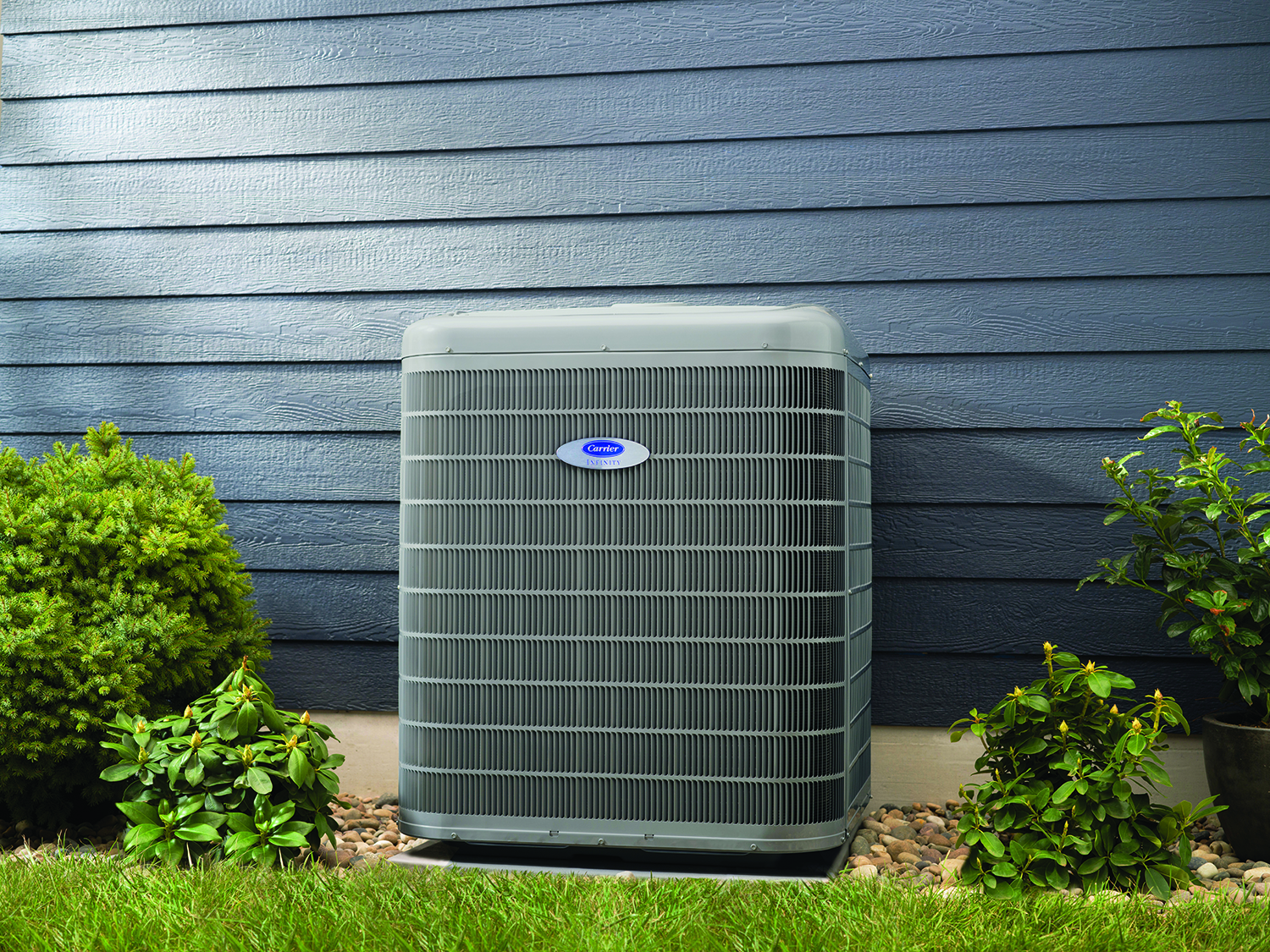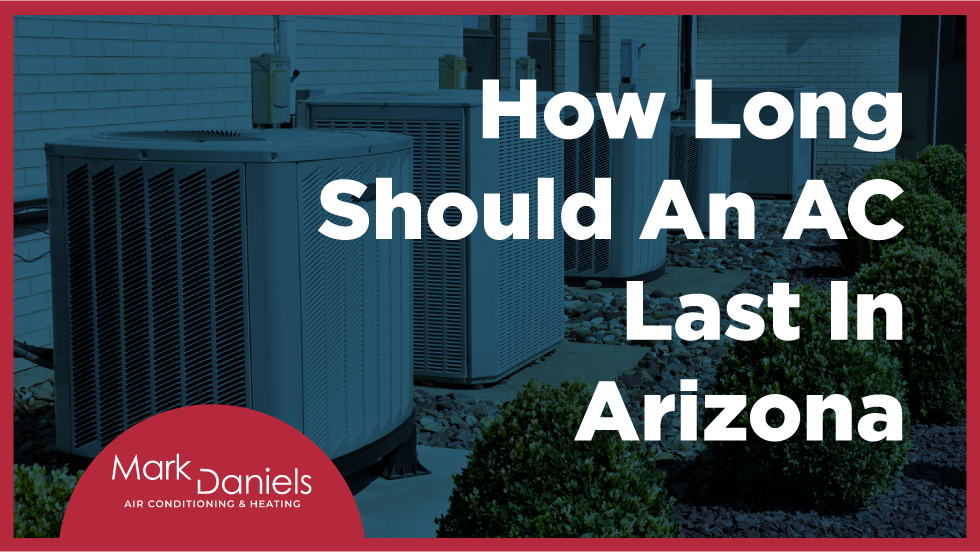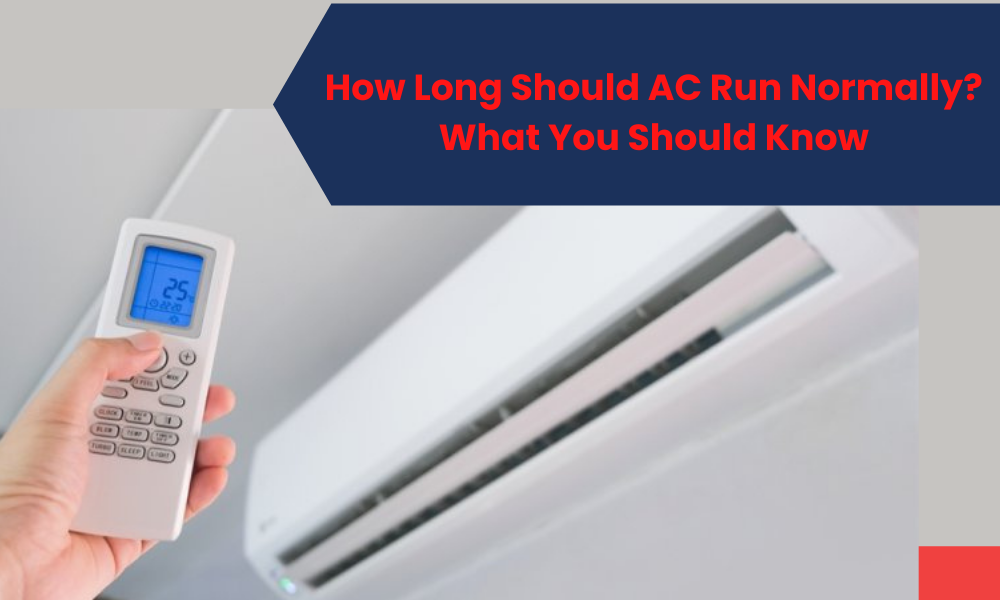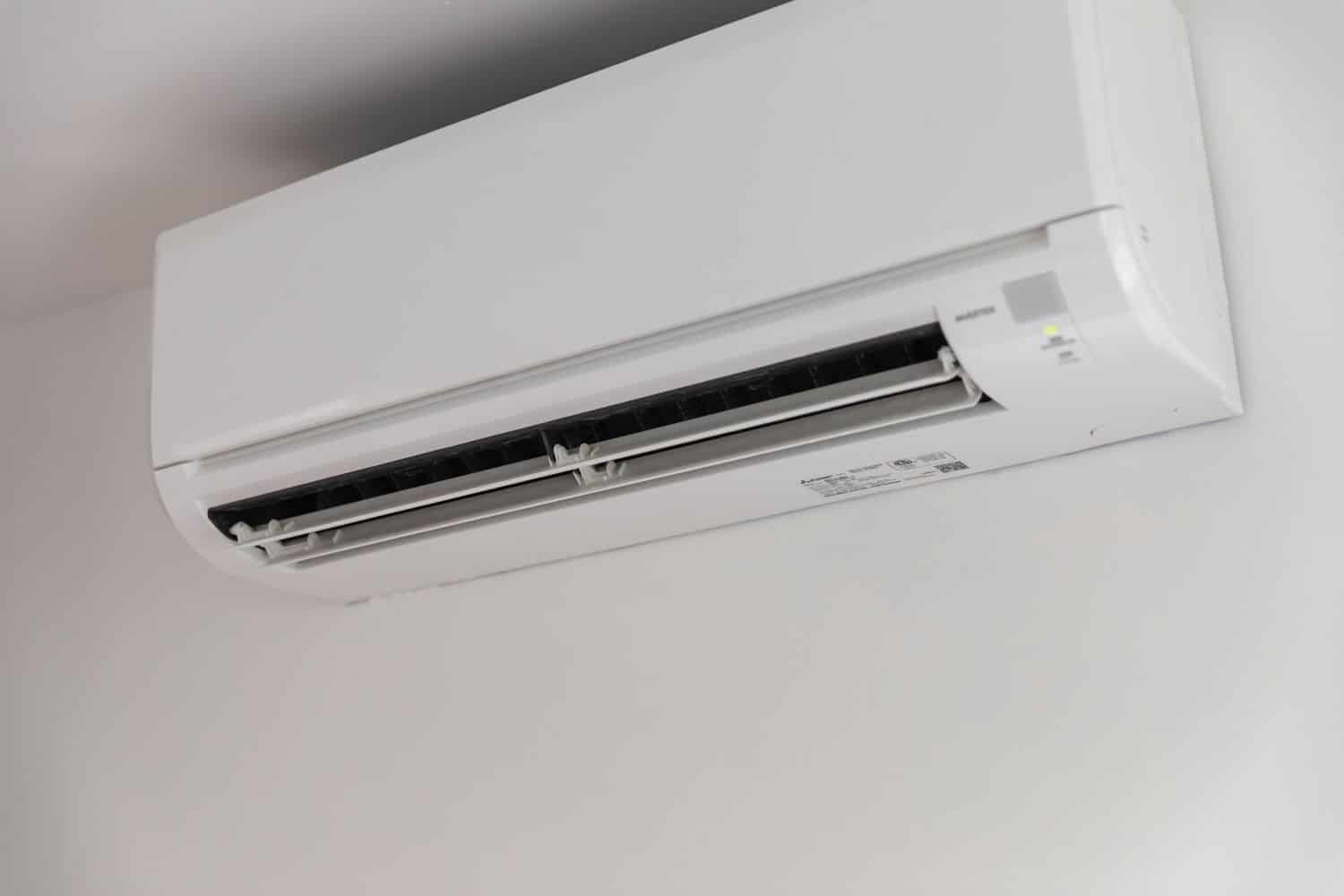How Long Should An Ac Cycle Last
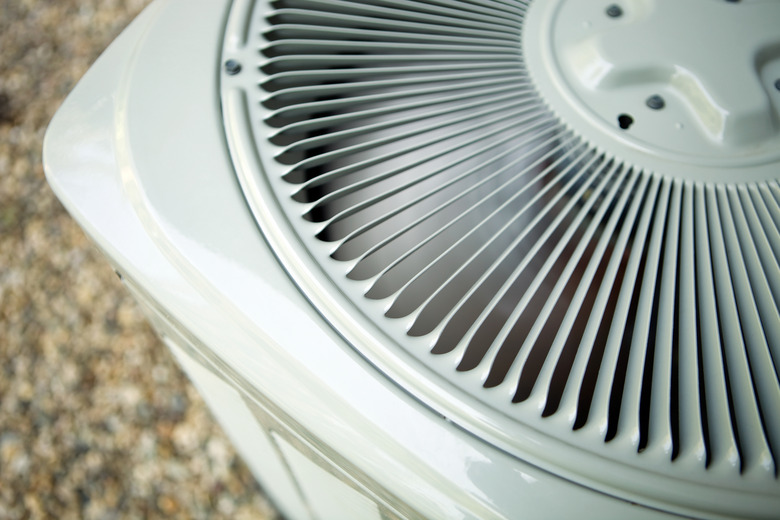
Air conditioning cycles are a critical element of home comfort, but their duration is frequently misunderstood. This can lead to inefficiency and potentially costly repairs.
This report will breakdown the standard AC cycle length, investigate the variables affecting it, and explore how to identify and address irregular cycling patterns. Understanding these factors is vital for homeowners aiming to maintain optimal AC performance and energy efficiency.
What is the Ideal AC Cycle Length?
Ideally, an AC cycle should last for 15 to 20 minutes. These cycles should occur two to three times per hour, depending on external temperature and insulation efficiency. Anything significantly shorter or longer than this range could indicate an underlying problem.
According to the U.S. Department of Energy, consistent short cycling or excessively long run times can substantially increase energy consumption.
Factors Influencing AC Cycle Duration
Several factors can affect the length of an AC cycle. These include:
Thermostat Settings
The thermostat setting directly influences how frequently and for how long the AC runs. Setting the thermostat to a lower temperature will cause the AC to run longer, while a higher temperature will shorten the cycles.
Outdoor Temperature
Higher outdoor temperatures demand longer AC cycles. The AC must work harder to maintain the desired indoor temperature, leading to extended run times.
Insulation Quality
Poor insulation causes heat to easily enter the home, forcing the AC to run more frequently and for longer durations. Conversely, well-insulated homes require less AC runtime.
AC Unit Size
An improperly sized AC unit can lead to short cycling or excessively long run times. An oversized unit cools the space too quickly and then shuts off (short cycling). An undersized unit runs constantly trying to reach the set temperature.
Energy Star guidelines recommends professional assessment of your home's cooling load before purchasing an AC unit to ensure correct sizing.
Airflow Obstructions
Blocked air filters, closed vents, or furniture obstructing airflow can reduce the system's efficiency. This leads to longer cycle times as the unit struggles to circulate cool air.
Regular maintenance, including filter replacement and vent cleaning, can resolve airflow issues and optimize cycle times.
Identifying and Addressing Irregular Cycling
Identifying unusual AC cycling patterns is the first step toward resolving potential issues. Here are common patterns and their possible causes:
Short Cycling
Short cycling is when the AC turns on and off frequently in short bursts. This can be caused by:
- Oversized AC unit.
- Dirty air filter.
- Frozen evaporator coil.
- Refrigerant leak.
Addressing these issues promptly is crucial to prevent premature wear and tear on the compressor, the most expensive part to replace.
Long Cycling
Long cycling refers to AC systems running for extended periods without shutting off. Common causes include:
- Undersized AC unit.
- Poor insulation.
- Refrigerant leak.
- Dirty condenser coil.
Prolonged operation can strain the AC system, leading to overheating and potential breakdowns.
Seeking Professional Assistance
If you notice irregular cycling patterns, consult with a certified HVAC technician. They can diagnose the root cause and recommend appropriate solutions.
Ignoring these issues can lead to more significant problems, costing more in the long run.
According to ACCA (Air Conditioning Contractors of America), regular maintenance can extend the lifespan of your AC system by several years. Annual check-ups are highly recommended.
Next Steps
Homeowners should monitor their AC cycles and perform routine maintenance tasks. If problems persist, it is essential to seek professional evaluation and repair.
Continued awareness and proactive measures will ensure optimal AC performance and long-term energy savings. This will help maintain a comfortable and efficient home environment.


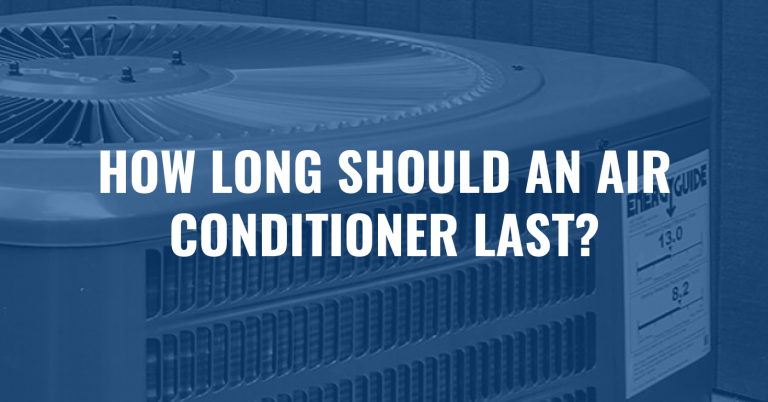


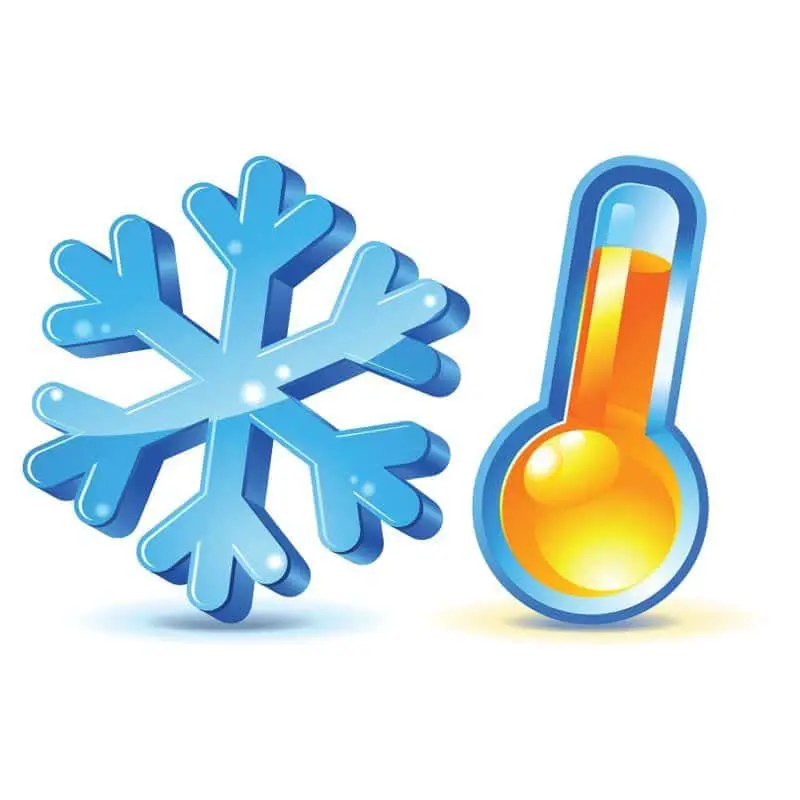



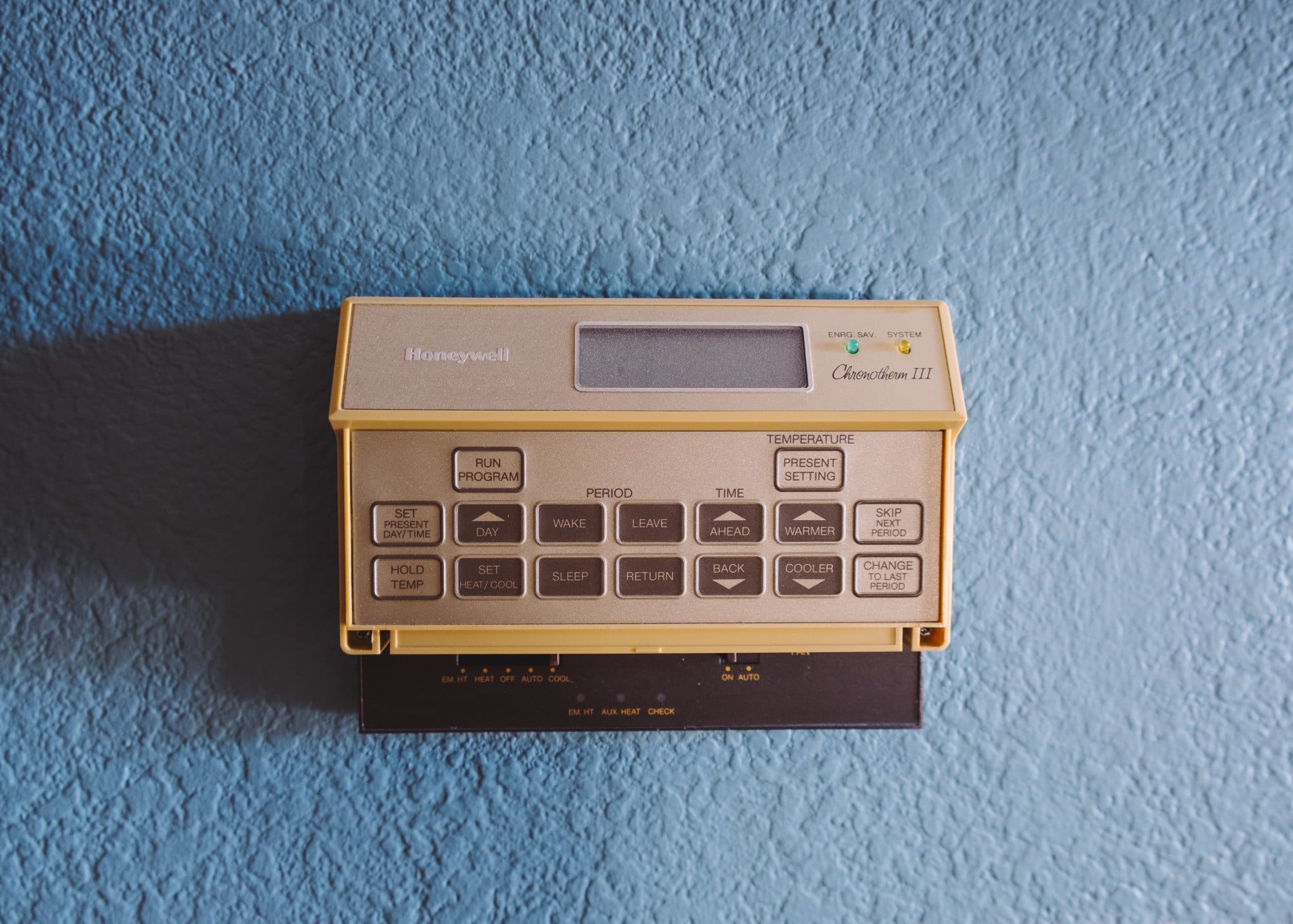
![How Long Should An Ac Cycle Last How Long Should My AC Run? [Expert AC Tips]](https://www.scottsdaleair.com/wp-content/uploads/2022/05/How-long-should-my-AC-Run-Expert-AC-Tips.png)
